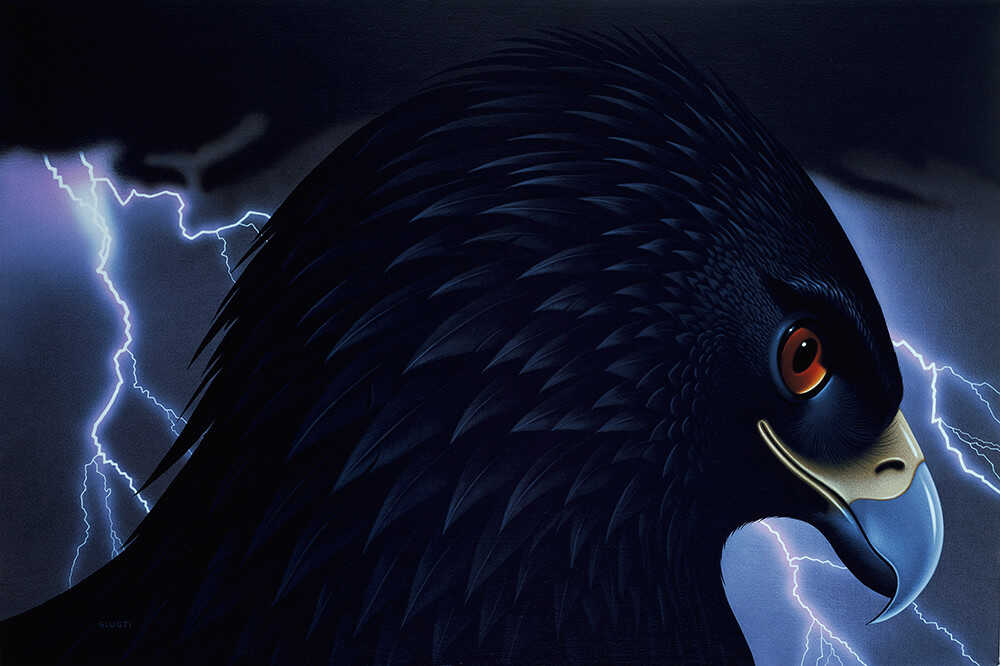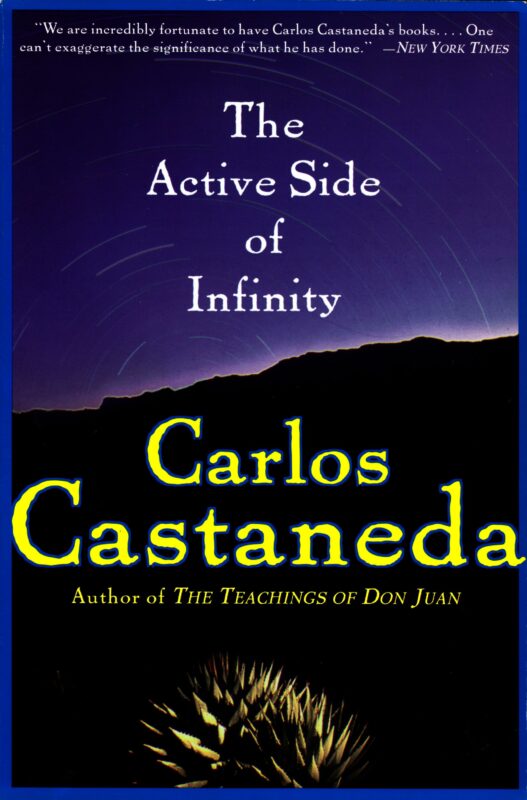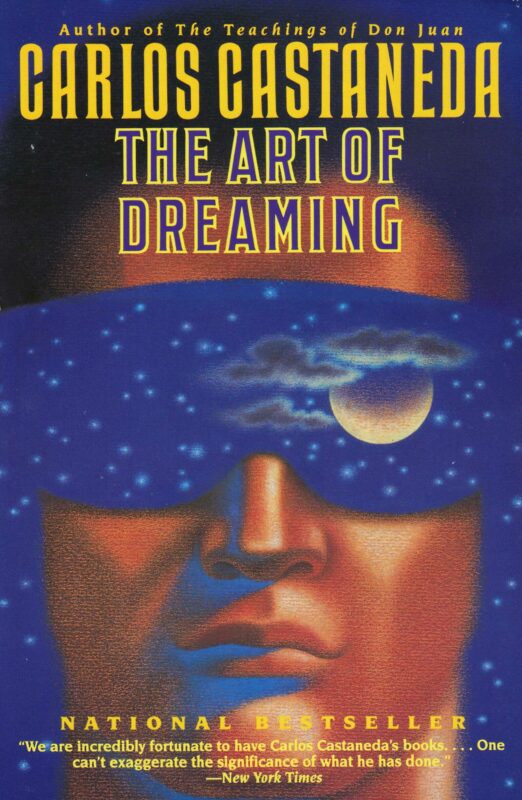In this chapter, don Juan clarifies that Castaneda’s previous “dream-fantasy” of meeting him in town was, in sorcery terms, a real “journey through the dark sea of awareness,” made possible by his accrued inner silence. He distinguishes this from “dreaming,” which he redefines as the art of deliberately displacing the assemblage point to perceive other worlds. After Castaneda recounts a memory of “seeing” a sleeping person’s assemblage point shift, don Juan prompts him to undertake a deliberate journey. From a state of inner silence, Castaneda finds himself transported with don Juan to a hostile Yaqui town where he can suddenly understand their language, not word by word, but in patterns of thought. He then finds himself in another town, where he perceives people not as luminous eggs, but as strange, insectlike cores of geometric shapes with a stringlike filament on top. After these inexplicable journeys, don Juan explains that this is what inner silence does: it breaks the continuity of time and allows one to travel through the dark sea of awareness, guided by the force of intent.



